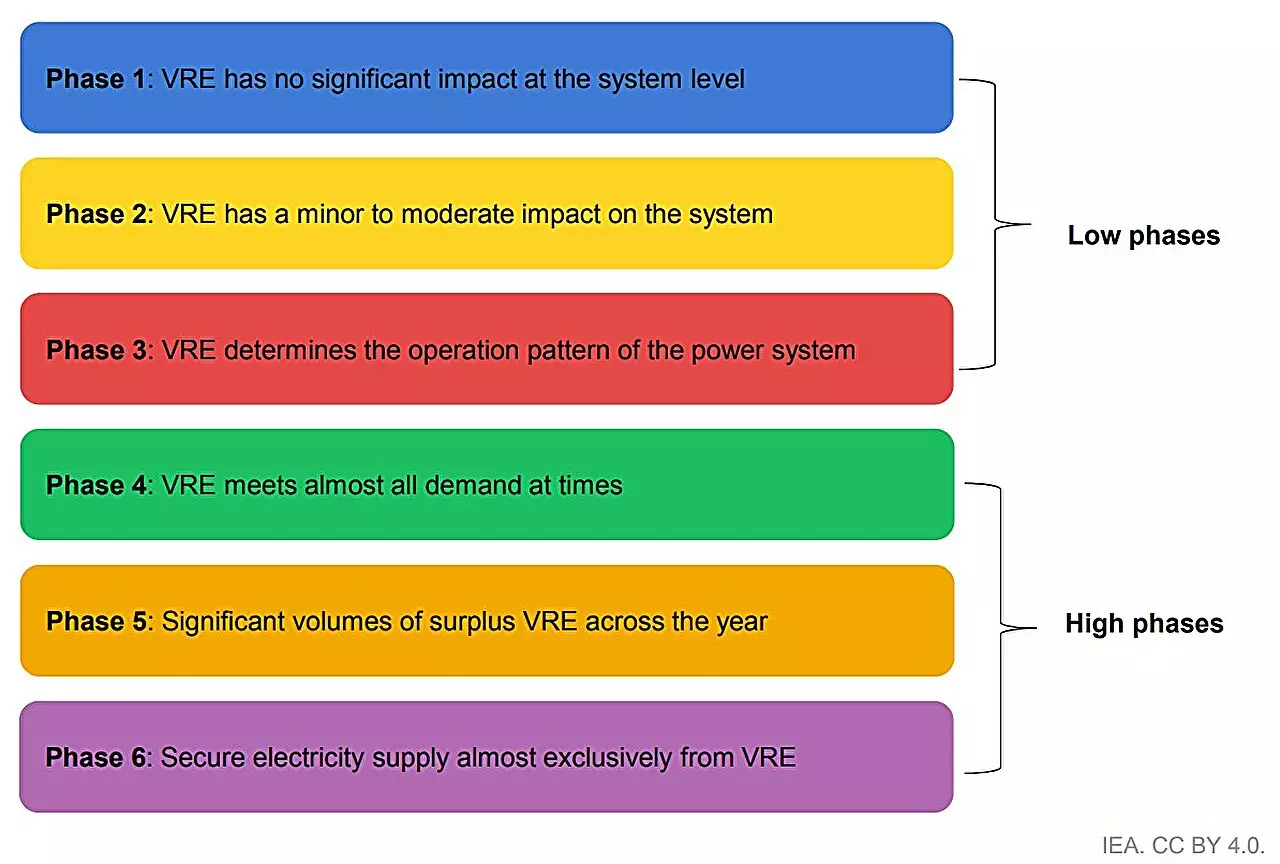The world is witnessing an unprecedented surge in the deployment of solar photovoltaic (PV) and wind energy systems, driven by a combination of favorable government policies and significant reductions in technology costs. The International Energy Agency (IEA) reports that the global capacity of these renewable energy sources has more than doubled between 2018 and 2023, resulting in a striking increase in their contribution to electricity generation. As countries aim to improve energy security and combat climate change, both solar PV and wind have emerged as cornerstone technologies essential for decarbonizing the electricity sector.
As per projections until 2030, the expansion of these technologies is expected to continue, reinforcing their critical role in slashing carbon dioxide (CO2) emissions. The IEA emphasizes that solar and wind account for approximately two-thirds of the necessary reductions to reach net-zero emissions by mid-century. However, this rapid growth does not come without its challenges. Integrating these variable renewable energy (VRE) sources into existing power systems is paramount. Without proper measures in place for their integration, the anticipated benefits could be compromised.
Challenges of Integration
The IEA’s latest report outlines the significant hurdles that policymakers face as they work to integrate solar and wind energy into power systems effectively. With the expected growth of these resources, a failure to implement supportive measures could mean that electricity generation from solar PV and wind could sit 15% lower than projected in 2030. Such shortfalls could cost these technologies approximately five percentage points in their global electricity share, undermining national and international climate goals.
Keisuke Sadamori, the IEA’s Director of Energy Markets and Security, cautions that while the growth rate of solar and wind is encouraging, it is not an end in itself. To reap the full rewards of this renewable transition, there must be concerted efforts to ensure that the infrastructure is in place to manage the intricacies of integrating these resources into current grids.
An innovative aspect of the IEA report is its global stocktake of integration strategies across 50 power systems, collectively accounting for nearly 90% of the world’s solar PV and wind output. The study, relying on a framework established by the IEA, provides crucial insights into how various countries are progressing in their integration efforts. Countries with traditionally low shares of VRE can potentially drive significant growth without necessitating systemic, wide-ranging changes.
Simple yet efficient measures such as enhancing the operational flexibility of existing power plants and improving prediction models for energy output have proven beneficial. As countries progressively adopt these strategies, they can capitalize on the benefits of solar and wind without overwhelming their electric grids in the process.
Simultaneously, countries like Denmark, Ireland, South Australia, and Spain serve as beacons of innovation, having successfully tackled the integration challenges at higher levels of renewable penetration. Their experiences indicate the importance of developing new energy storage solutions and modernizing transmission technologies to stabilize grid operations amid the inherent variability of seasonal weather patterns.
According to the IEA, many of the technologies needed to address the hurdles of integrating higher levels of variable renewables are either matured or nearing maturity. The successful deployment of these solutions hinges more on coherent policy frameworks and regulatory adjustments rather than revolutionary technological advances. This raises the issue that integrating these forms of energy will require a fundamental rethinking of conventional power planning and operational methodologies.
Policymakers must embrace a proactive approach, anticipating the ongoing uptake of renewable energy sources and adapting the grid infrastructure accordingly. Focusing on a mix of advanced strategies such as demand-side management, grid upgrades, and energy storage technologies can ensure a smooth transition to a renewable-heavy energy future.
The path to effectively harnessing the vast potential of solar and wind energy is fraught with challenges. However, with appropriate integration strategies and sustained policy support, countries can unlock significant economic and environmental benefits while moving towards a sustainable energy future. Failure to act decisively will mean that the hard-won advancements in renewables may fall short of their transformative potential.


Leave a Reply